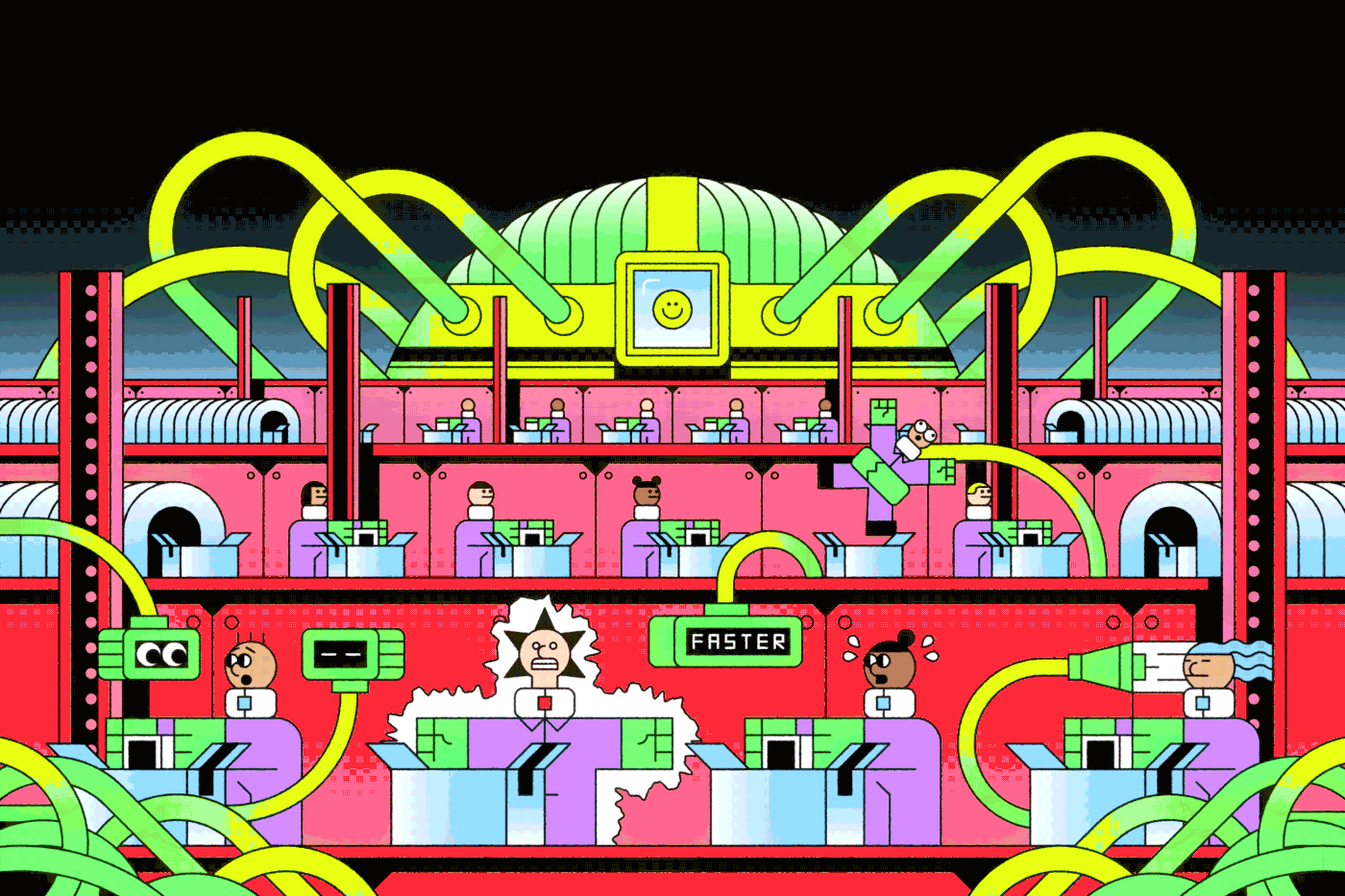Thousands of people could be put out of work by robots in reading in the next 20 years.
Although the perception is that factory workers could be the worst hit, people in the food service and those in the education sector could also be at risk.
The Office for National Statistics (ONS) has assessed the numbers of jobs put at risk by automation.
It predicts 100,000 jobs in the town could be lost to automation in the next 20 years.
That amounts to 39.3 per cent of all jobs in the town.
A job is classed as being at risk of automation if it is likely that tasks could be carried out more quickly and efficiently by either an algorithm written by a human, or a machine designed for one specific function.
Certain jobs are more at risk than others.
While the common perception is that factories would be the worst hit, workers in other sectors could be in for an even worse time when automation kicks in.
These include retail workers, restaurant workers, and, oddly enough employees in the education sector.
A job is considered to be at a high risk of being replaced by robots when the chance of automation within the next two decades is more than 70 per cent.
Which jobs are at risk of automation?
Some 3,000 jobs in Reading, Berkshire fall into this category. They include roles that require more repetitive and simple tasks, such as working in ashop.
While the figures do not show which specific jobs in the town are most likely to be taken over by robots, across England the education sector has the greatest number of jobs at risk of automation.
The report found that 2.3 million jobs in this field are susceptible to being taken over by a machine within the next 20 years.
There are 2 million jobs at risk in retail, and 1.7 million in the human health sector.
Specific jobs at particular risk include waiters and waitresses (72.8 per cent), shelf fillers (71.7 per cent), and bar staff (70.7 per cent).
Medical practitioners are at the lowest risk of job automation – at just 18.1 per cent.
And there are even more problems, as women and young workers are set to be the worst hit.
The ONS analysis, which was published on March 25, shows that 70.2 per cent of the roles at high risk of automation are currently held by women.
People aged 20 to 24 years are the most likely to be at risk of having their job automated when compared with other age groups.
The spectre of automation and the resulting mass unemployment that it could cause has provoked a debate over a Universal Basic Income (UBI), a certain figure that people get paid each month, no matter what their circumstances.





















